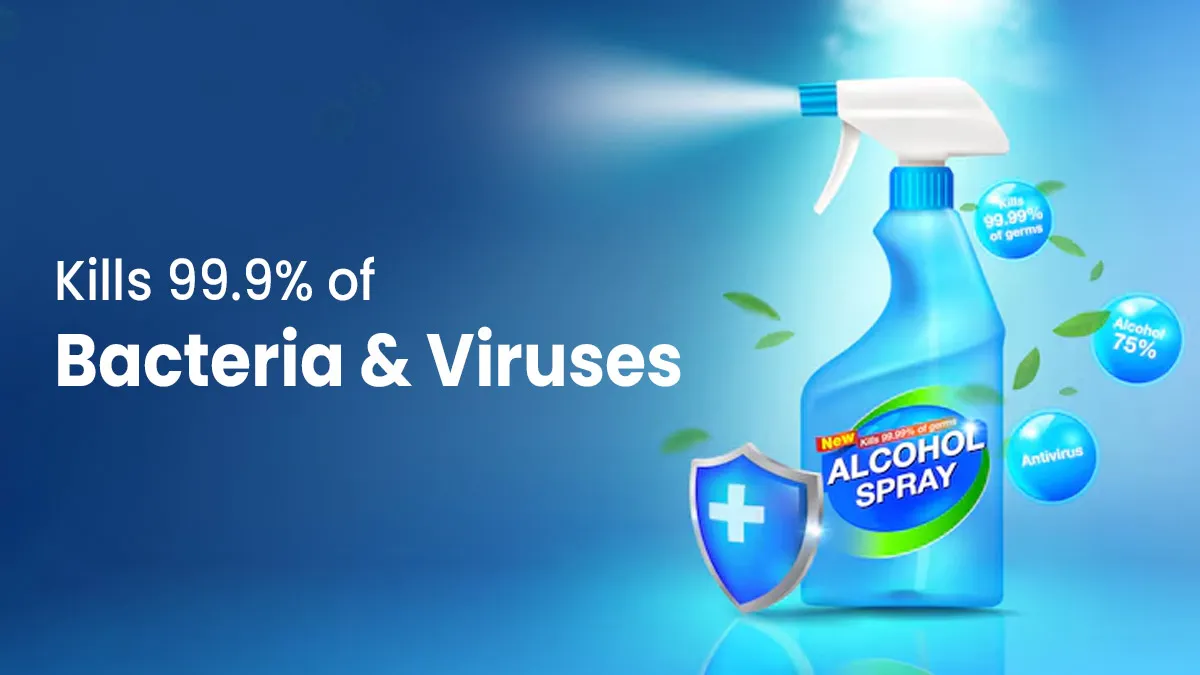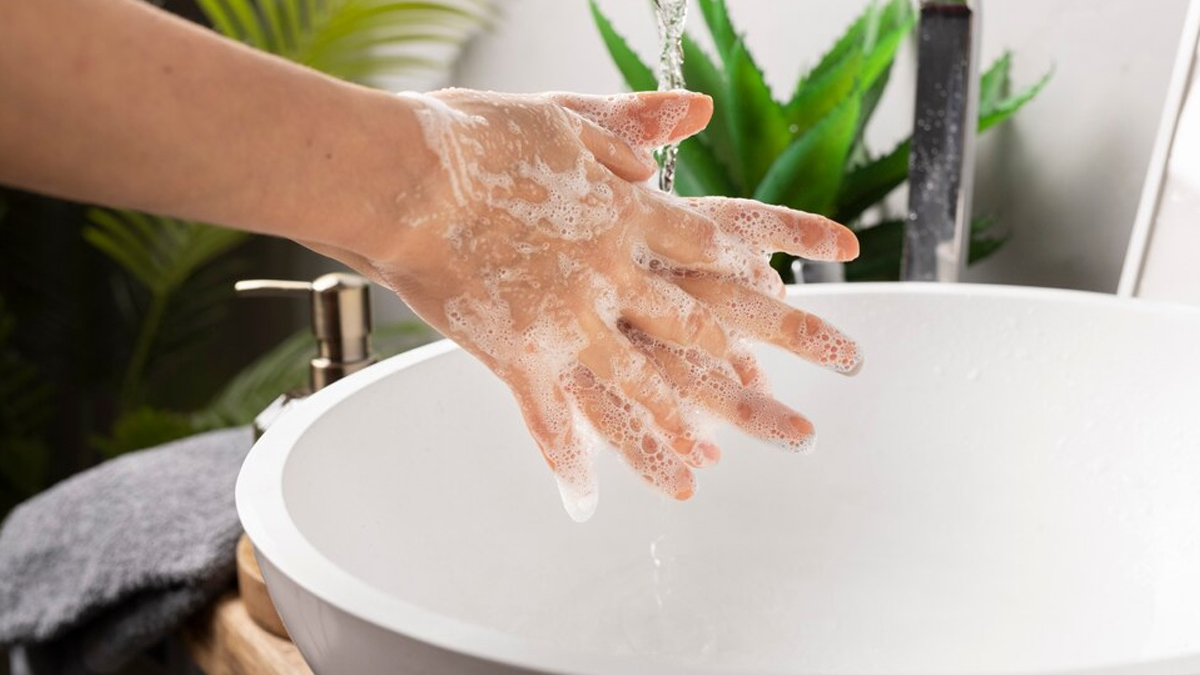
Disinfectants play an essential role in maintaining hygiene, particularly in the wake of pandemic situations like COVID-19. During the pandemic, these products became a household staple, helping people reduce the risk of infection. Even now, their use remains widespread, as many strive to maintain cleaner and safer environments. However, a question often lingers when we see disinfectant advertisements on TV: why do these products claim to kill only 99.9% of germs instead of 100%? To demystify this, we spoke to Dr Aklesh Tandekar, Head Consultant, Critical Care, Wockhardt Hospitals, Mira Road, Mumbai, who shared insights into the science behind this claim and why 100% germ elimination remains elusive, even with the best products.
Table of Content:-
The Science Behind the 99.9% Claim
Disinfectants are designed to target a wide range of harmful microorganisms, including bacteria, viruses, and fungi. Despite their effectiveness, achieving a 100% germ kill rate is practically impossible. Here’s why:
Genetic and Structural Resistance of Germs

“Some microorganisms have unique genetic or structural traits that make them more resistant to the active ingredients in disinfectants. These resilient germs can resist the chemical treatment, remaining alive even after the disinfectant is applied,” said Dr Tandekar. Over time, repeated exposure to disinfectants may also lead to the emergence of resistant strains, further reducing the product's effectiveness.
Environmental Factors
The environment in which disinfectants are used plays a significant role in their effectiveness. Factors like temperature, the type of surface being cleaned, and organic matter (dirt or grease) can interfere with the disinfectant’s ability to work efficiently. For instance, a disinfectant may perform optimally on smooth, non-porous surfaces but struggle to penetrate rough or porous ones.
Testing Under Controlled Conditions

“The '99.9% germ kill' claim is derived from rigorous testing under controlled laboratory conditions. These tests are conducted in environments where variables, such as temperature, humidity, and surface type are strictly regulated,” explained Dr Tandekar. Real-world conditions, however, are far more complex and variable, which means the actual effectiveness might differ slightly.
Importance of Proper Usage
To maximise the effectiveness of disinfectants, it’s crucial to use them correctly. Manufacturers provide detailed instructions on how to apply their products, and adhering to these guidelines can make a significant difference. Here are some tips suggested by Dr Tandekar:

Dilution Matters
Some disinfectants require dilution before use. Using the incorrect concentration can either render the product ineffective or make it unnecessarily harsh on surfaces.
Contact Time is Key
Many disinfectants need to remain on a surface for a specific duration to effectively kill germs. Wiping them off too quickly can reduce their efficacy.
Pre-Cleaning Surfaces
Dirt and organic matter can act as a barrier, preventing the disinfectant from reaching the germs. Cleaning the surface beforehand ensures better results.
Also Read: Disinfect Vs Sterilize: Know Difference And Usage Of These Sanitization Processes
Limitations of Disinfectants
While disinfectants contribute to a healthier environment, they are not a standalone solution. Overuse can lead to unintended consequences, such as the development of resistant microorganisms or adverse effects on human health due to prolonged chemical exposure.
According to a 2022 study, The misuse of antimicrobial drugs, poor sanitation, improper food handling, ineffective disinfection, and inadequate infection prevention and control measures contribute to the development of microbial resistance.
To maintain a balanced approach:

Use disinfectants sparingly, ideally once a week for general home use.
Prioritise personal hygiene practices like regular handwashing or the use of hand sanitisers.
Ensure proper ventilation when using disinfectants to minimise inhalation of fumes.
Creating a Safer Environment
Disinfectants are an important tool in reducing the spread of harmful microorganisms, but they should be part of a broader strategy for maintaining hygiene. Combining their use with other practices, such as cleaning with soap and water, washing hands frequently, and maintaining a clean living space creates a more comprehensive approach to health and safety.
Moreover, understanding the limitations of disinfectants helps set realistic expectations. No product can offer a 100% germ-free guarantee, but they significantly reduce the risk of exposure to harmful pathogens when used correctly.
[Disclaimer: This article contains information provided by an expert and is for informational purposes only. Hence, we advise you to consult your professional if you are dealing with health issues to avoid complications.]
How we keep this article up to date:
We work with experts and keep a close eye on the latest in health and wellness. Whenever there is a new research or helpful information, we update our articles with accurate and useful advice.
Current Version